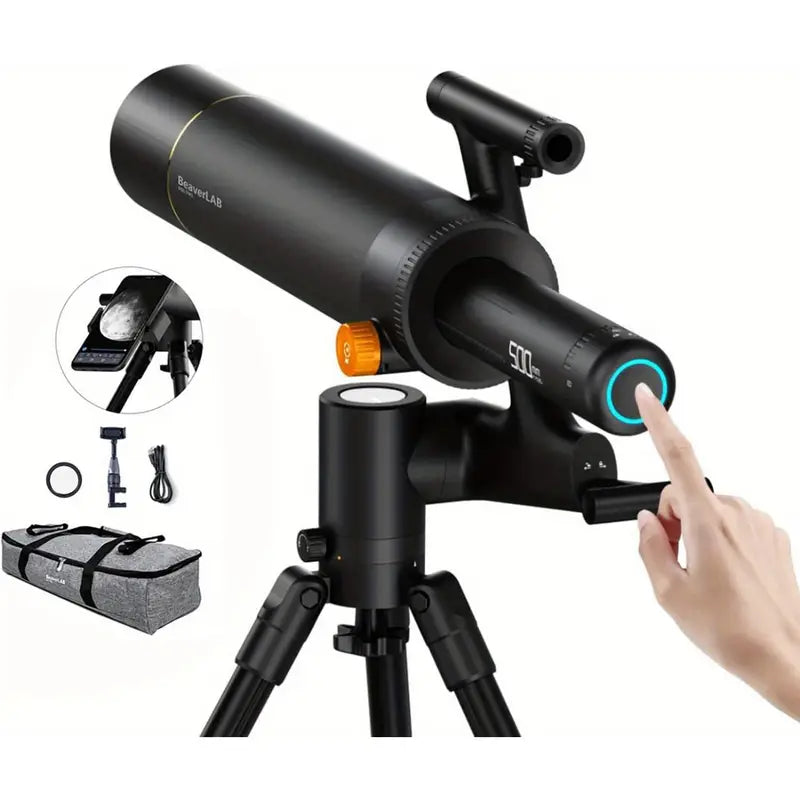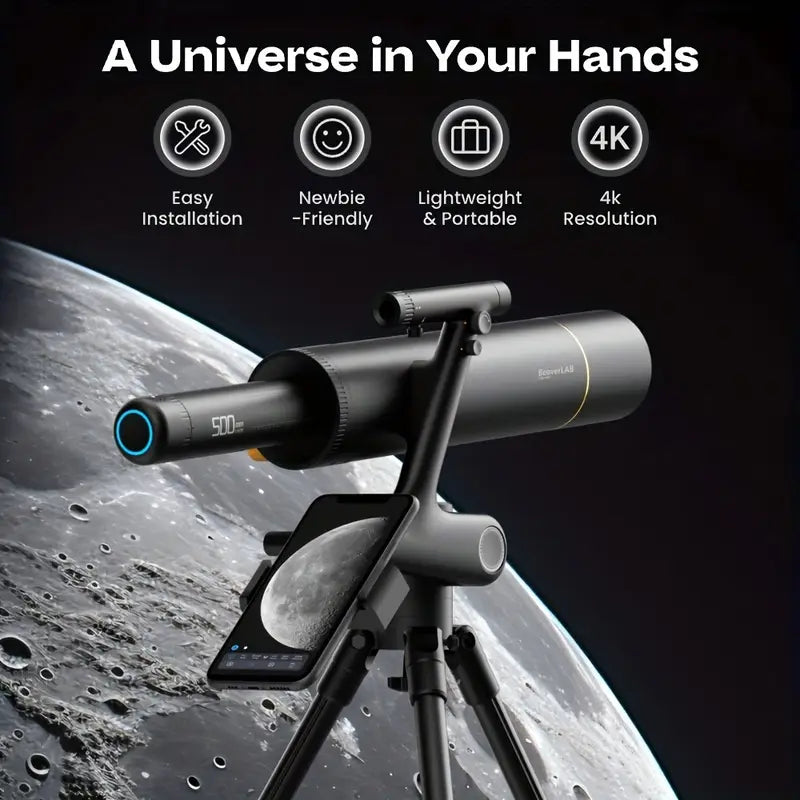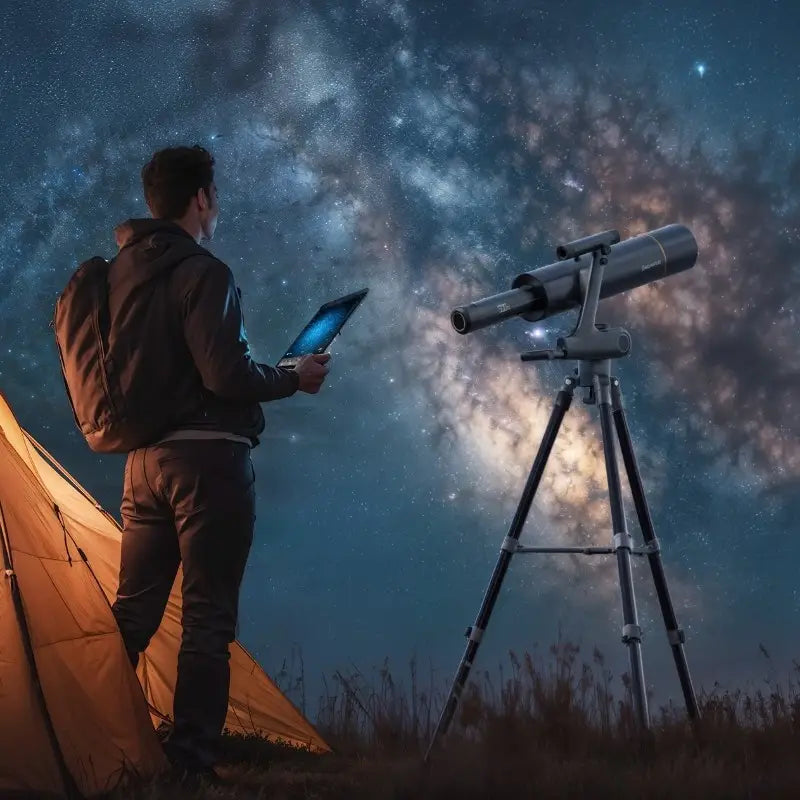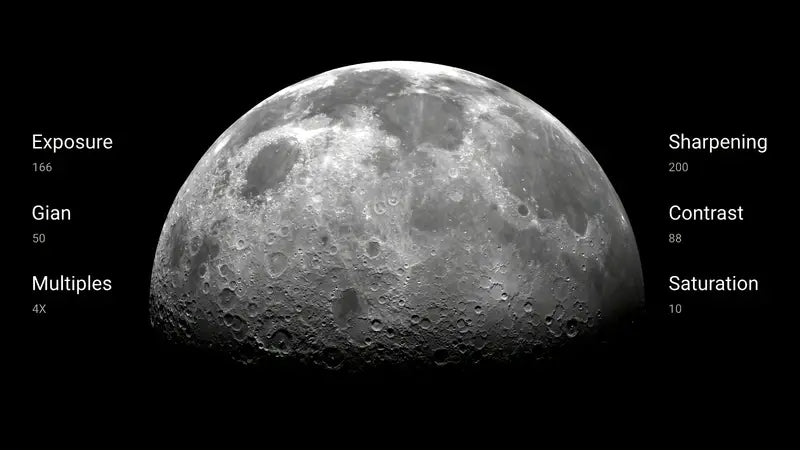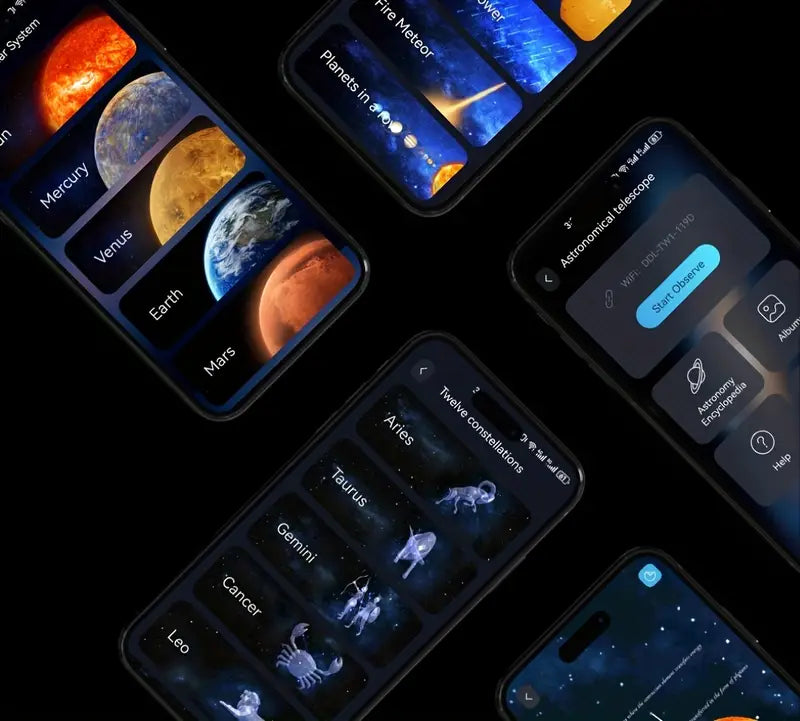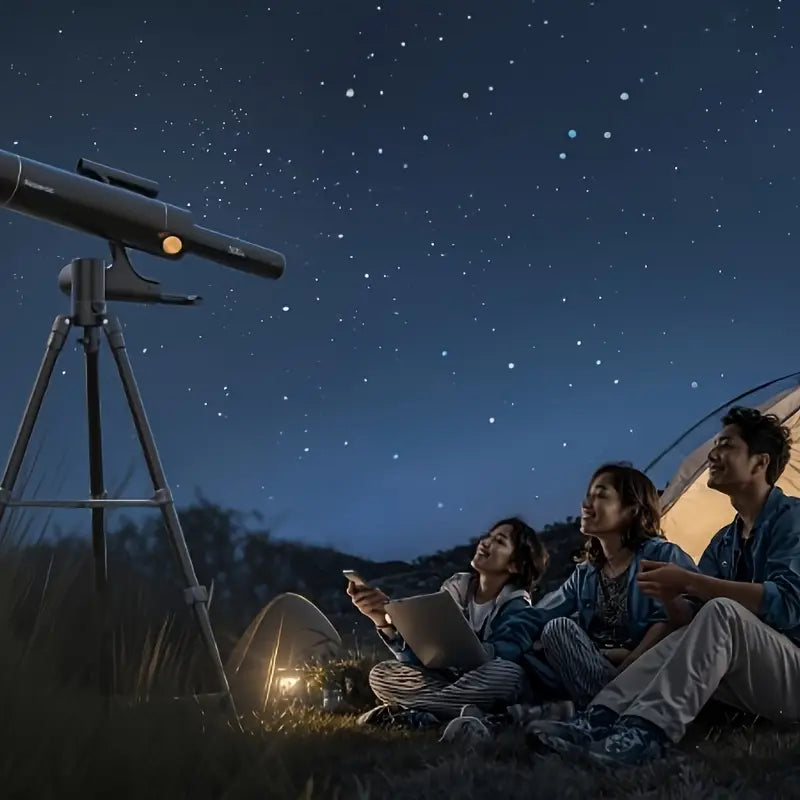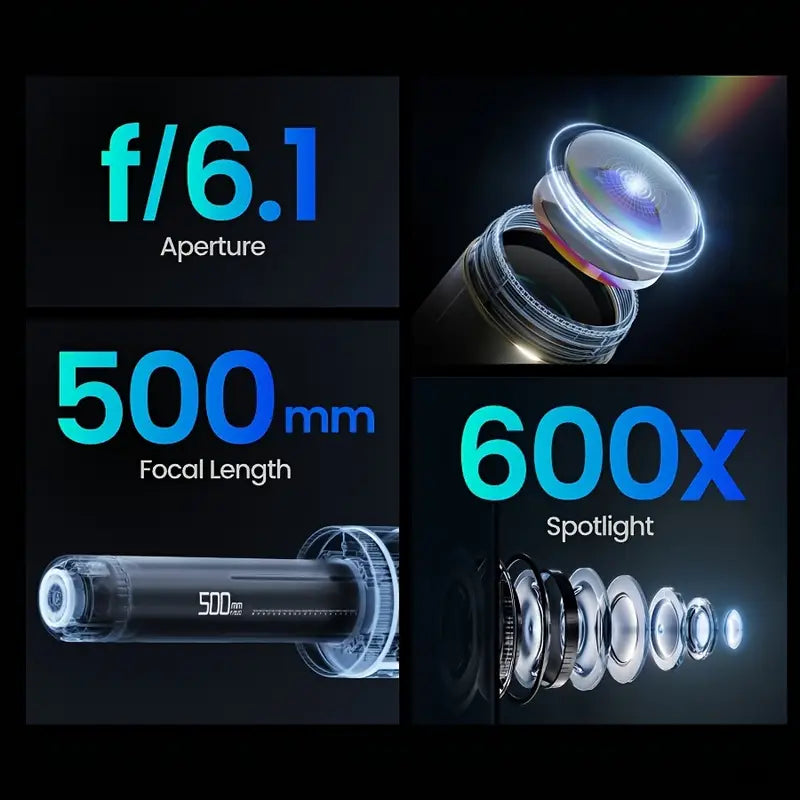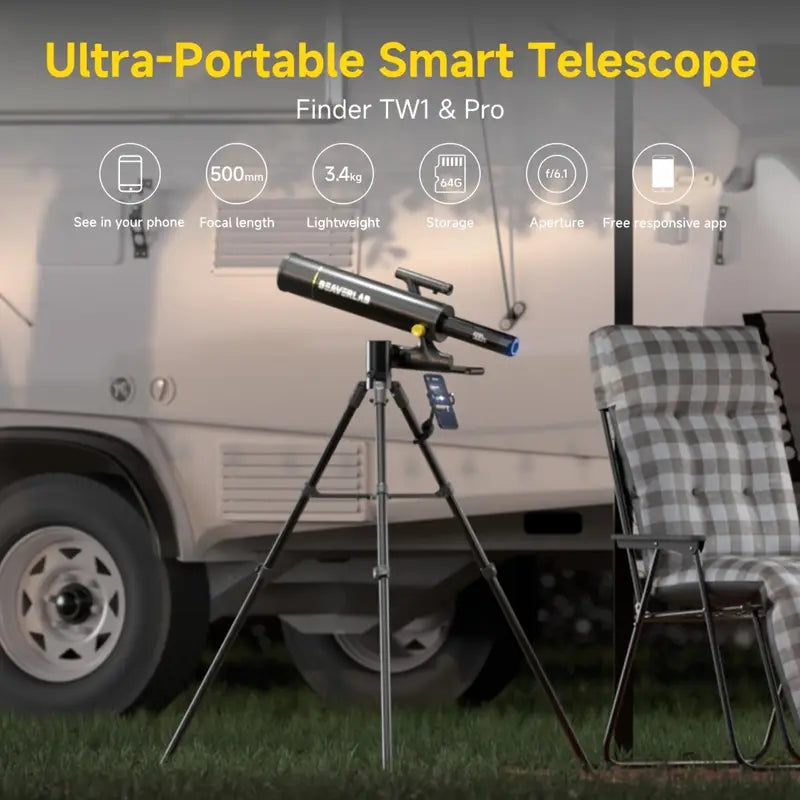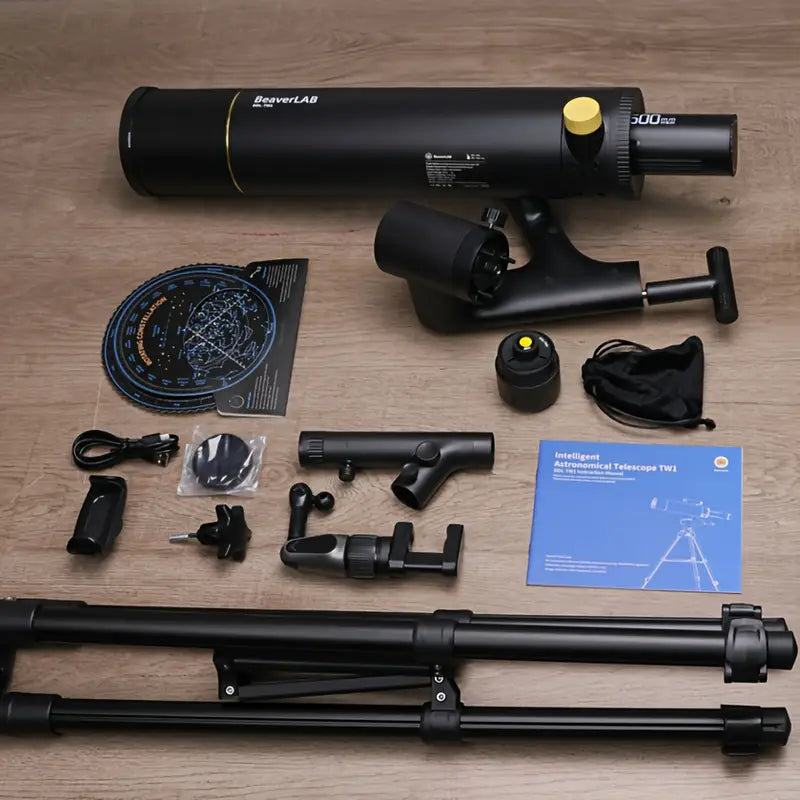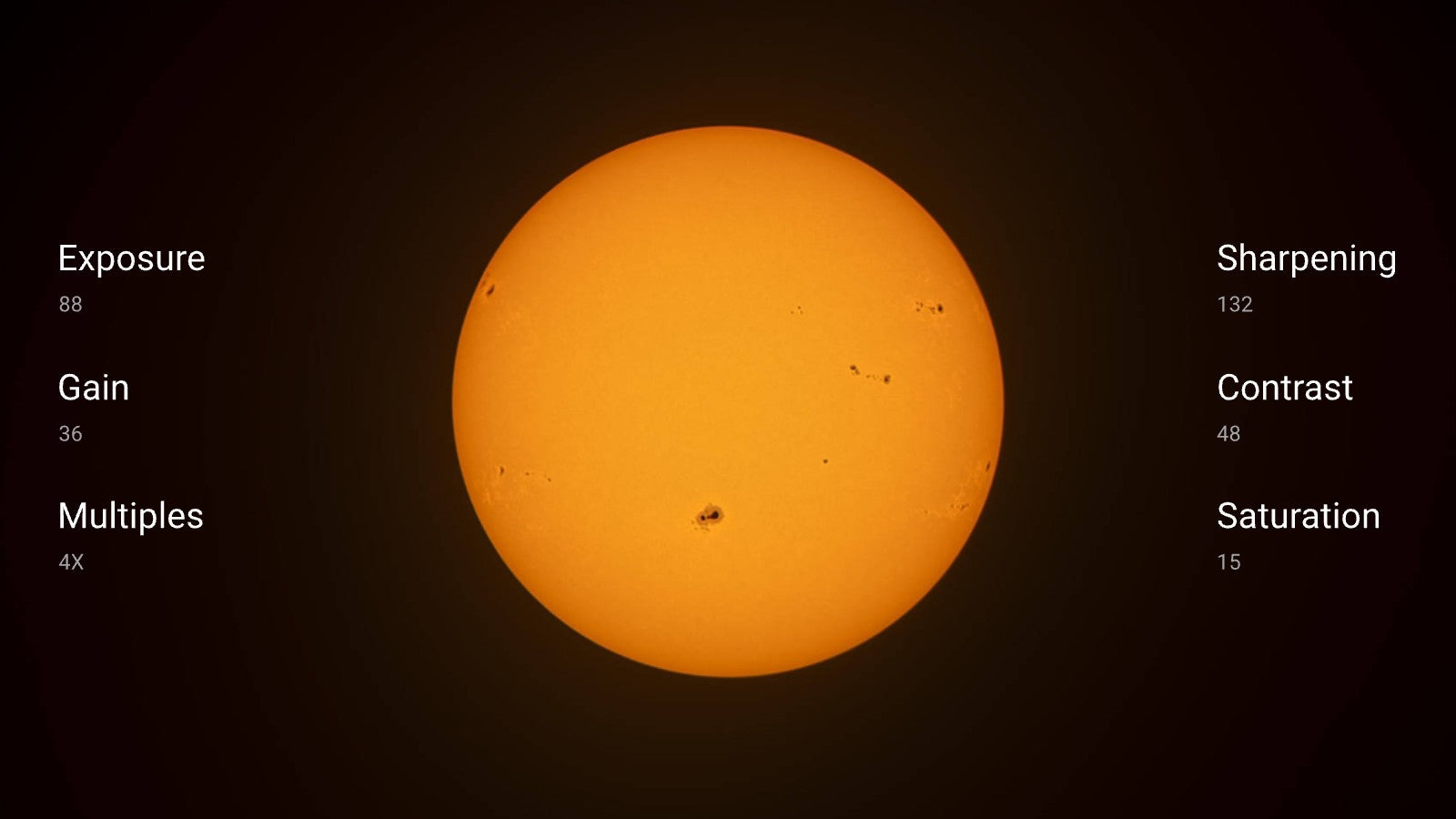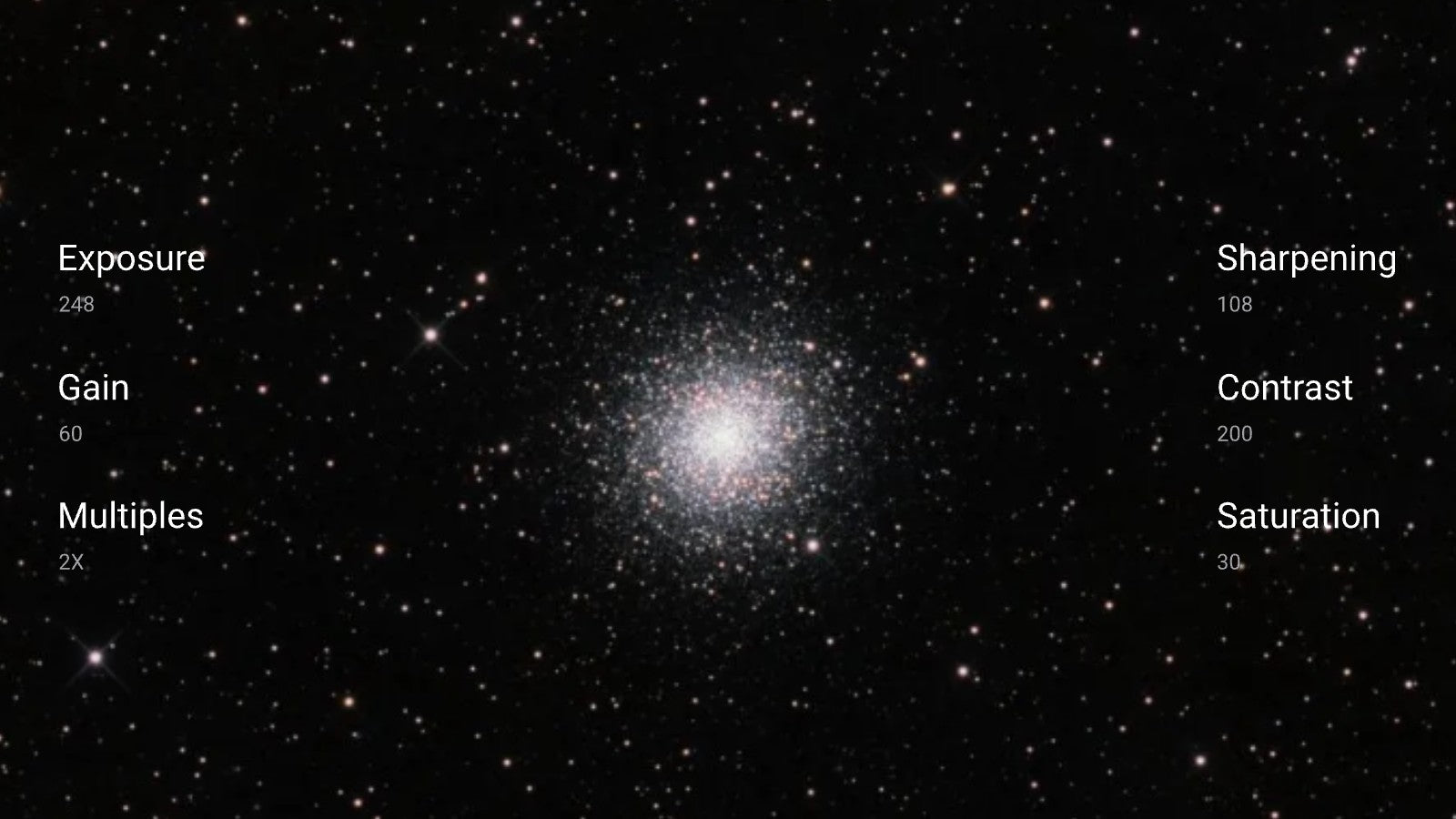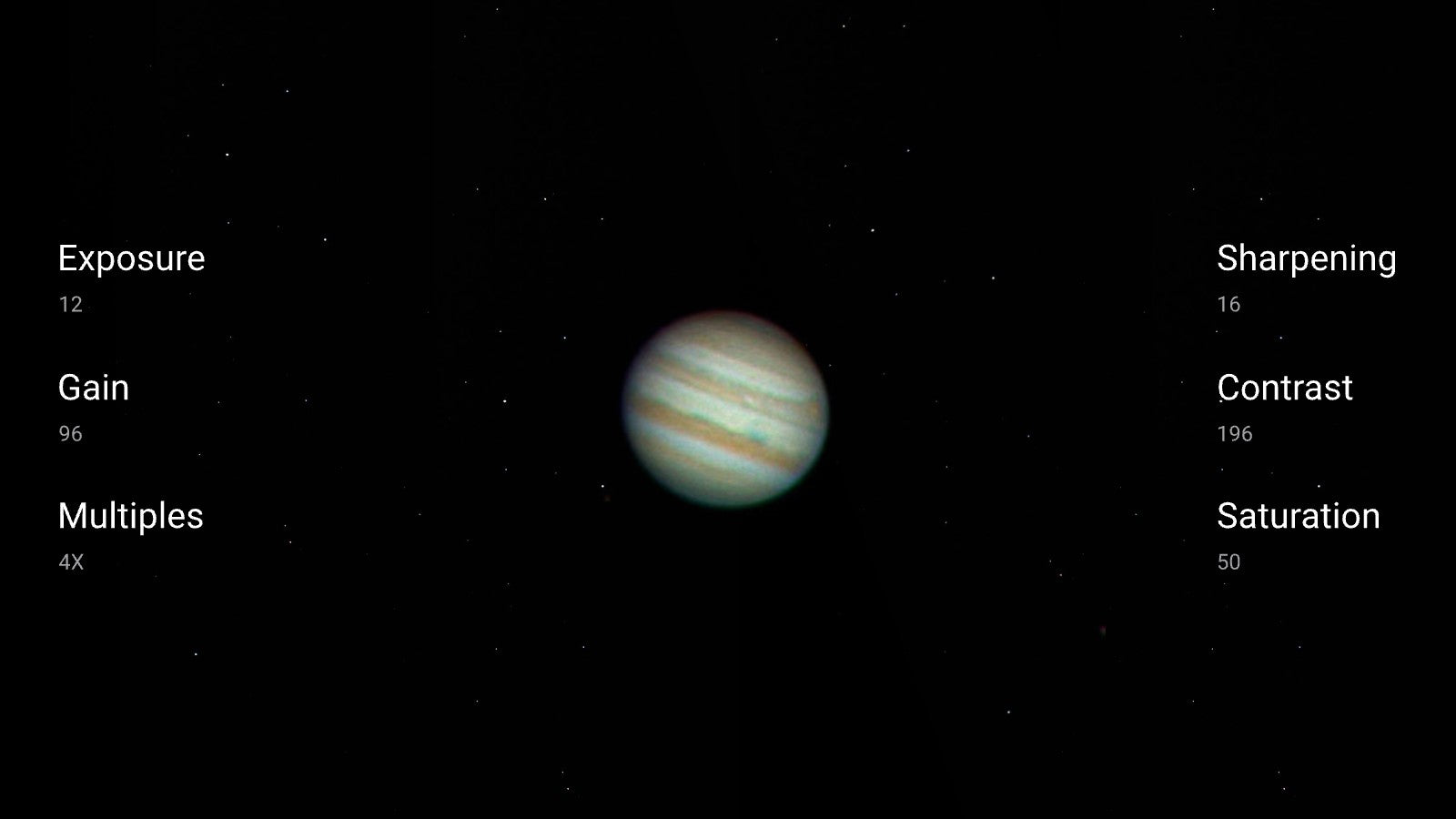









Vision Revolution
Elevate Your Cosmic Experience with Digital Precision and Real-Time Exploration
Vision Revolution
Elevate Your Cosmic Experience with Digital Precision and Real-Time Exploration

Smart Telescopes Redefining Stargazing
Process real-time images on the Beaver Point app to achieve the optimal picture quality
4K Video Precision
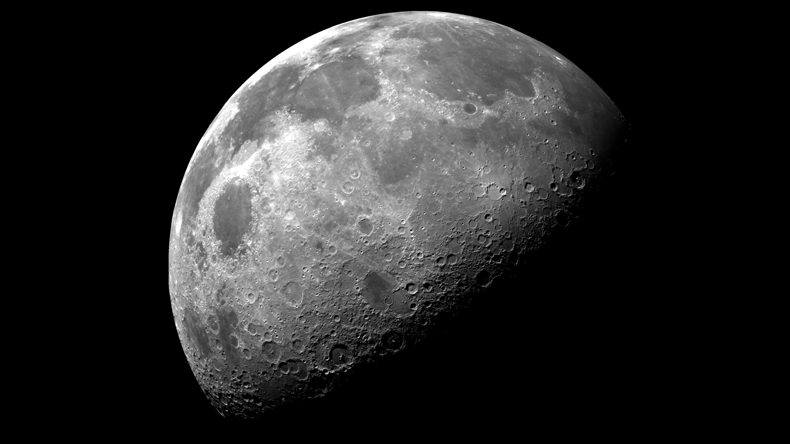
Unmatched Color Reproduction for Stunning Visuals
Unrivaled color accuracy through cutting-edge CMOS technology for vivid screen reproduction
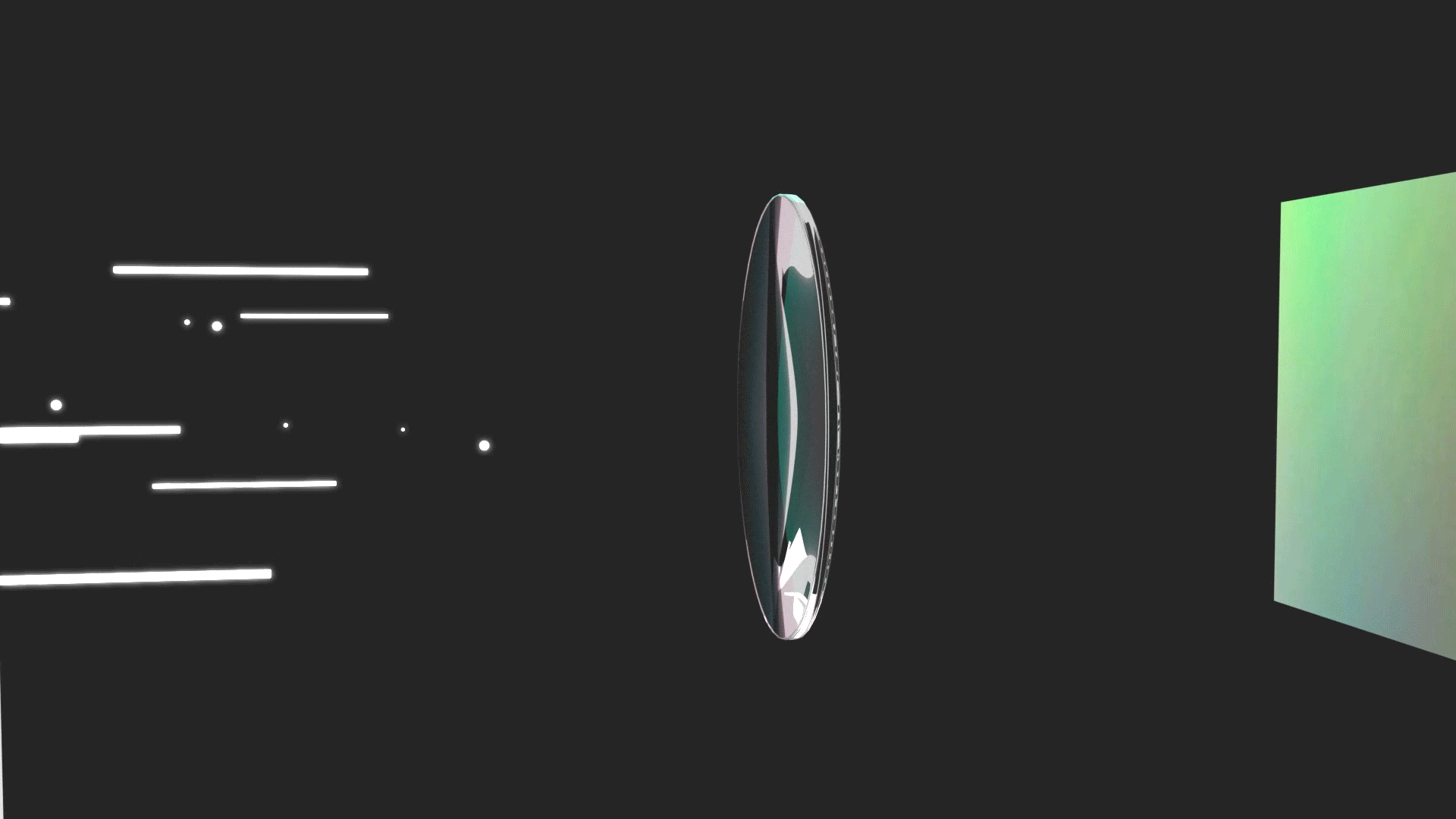


Peak Performance Excellence
Unrivaled color accuracy through cutting-edge CMOS technology for vivid screen reproduction
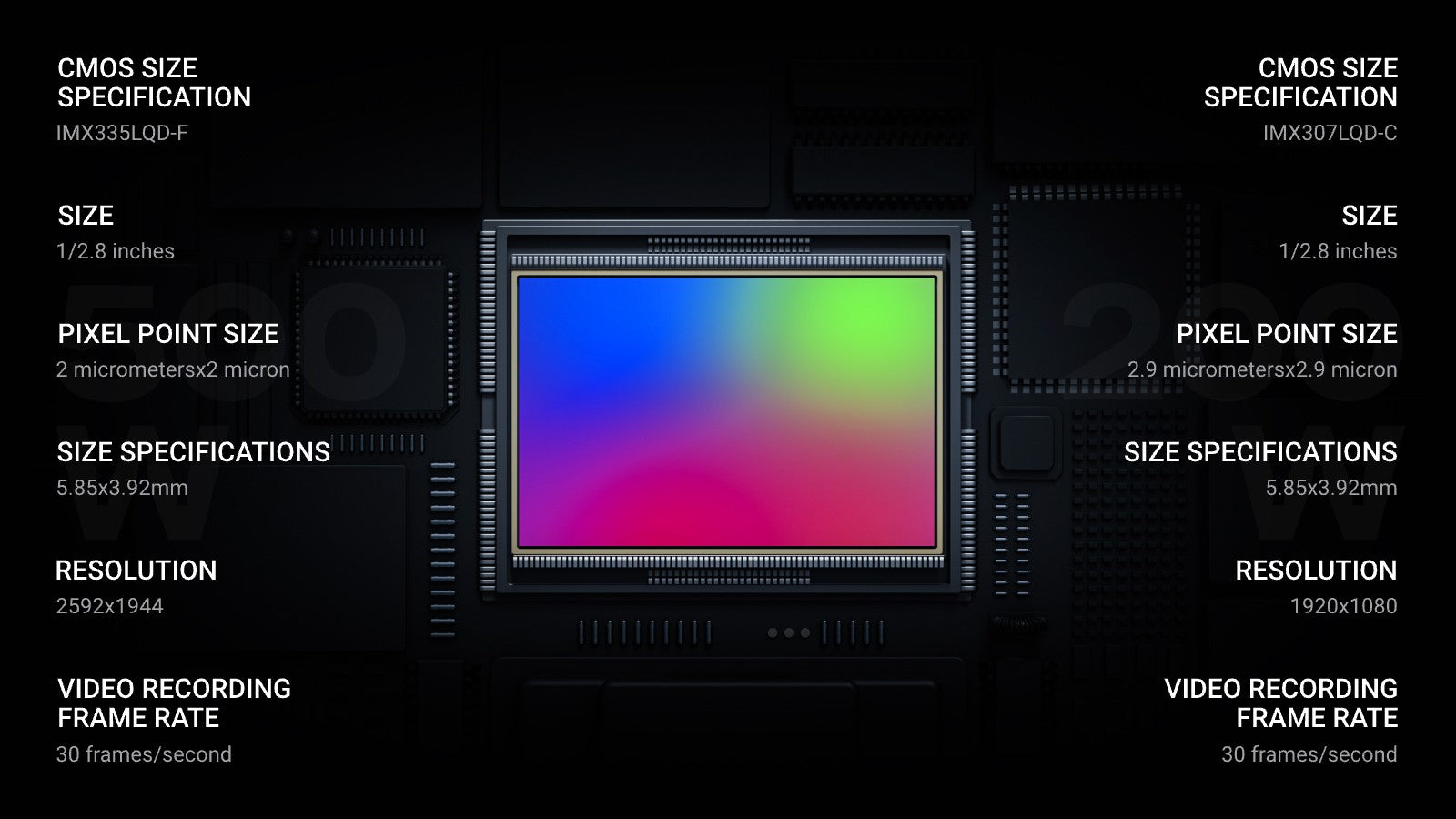
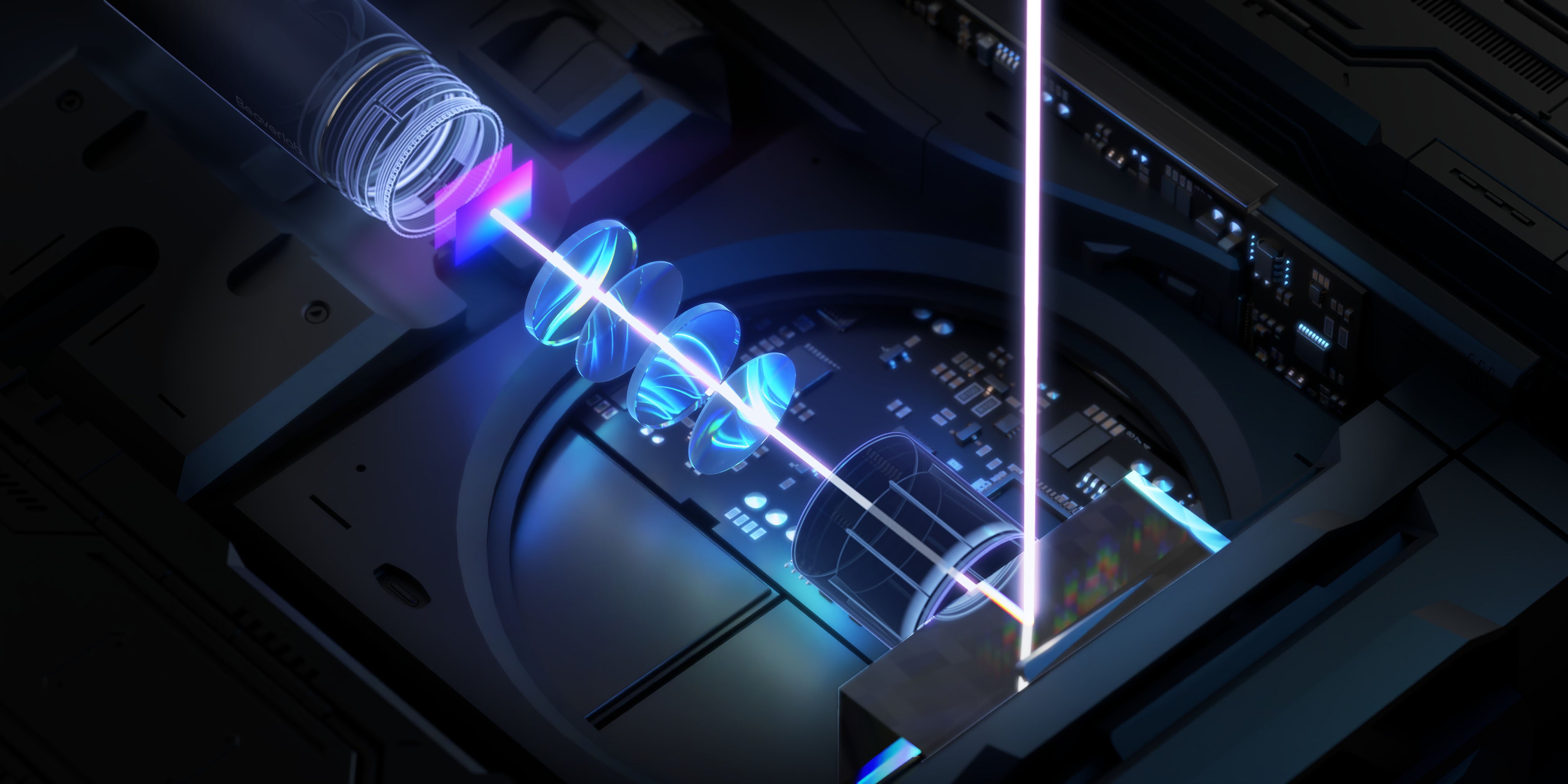
Discover the Power of Devices with App
Unrivaled color accuracy through cutting-edge CMOS technology for vivid screen reproduction
Making stargazing an extraordinary adventure





Seamless App Connectivity and Calibration
Unrivaled color accuracy through cutting-edge CMOS technology for vivid screen reproduction


More Than Astronomy
Achieve Precision with 2.0MP CMOS Sensor for 1920x1080 Full HD Imaging and Detailed Data Analysis.
Advanced Night Image Enhancement
The low-light CMOS sensor, SONY IMX335, has the capability to capture details more effectively in low-light conditions, enhancing the quality of night scene images.
Beaverlab

others


Immersive Assembly Experience
Precision Azimuth and Elevation Adjustment for Target Alignment

Ultra-Lightweight at 3.4kg

What‘s in the Box


Unrivaled Features, Competitive Pricing

Unboxing Review
Specifications




